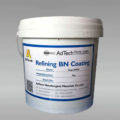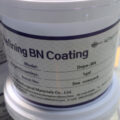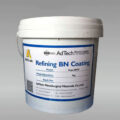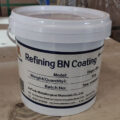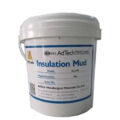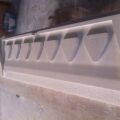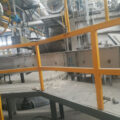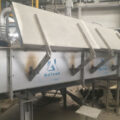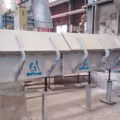Boron nitride coatings have excellent thermal and chemical stability. Boron nitride will not be wetted by molten aluminum and magnesium alloys. A suitable form of boron nitride has a hexagonal flake shape similar to graphite.
Ceramic coatings have been used for many years to change the surface properties of refractory materials with molten non-ferrous metals, such as aluminum and its alloys, magnesium and its alloys, and zinc and its alloys.
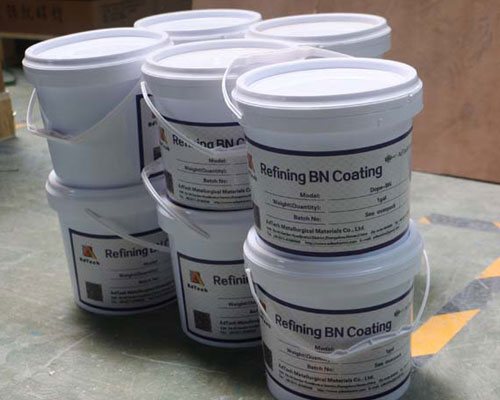
These coatings usually contain boron nitride, which has the characteristic of exhibiting non-wetting/non-stick characteristics to the molten metal and its dross/dross. Conventional methods provide a layer consisting mainly of boron nitride, which is combined with aluminum oxide, magnesium silicate, magnesium aluminum silicate, aluminum phosphate, or other compatible adhesives. The thickness of these coatings is usually 0.003 to 0.010 inches (0.08 to 0.25 mm).
The ceramic substrate coated with these coatings can be an almost completely dense refractory material, but is usually a fibrous structure, such as a lightweight vacuum forming material. The coating has a wide range of uses and can be applied to substrates of various densities and compositions. The main problem with boron nitride coatings is that they are quite soft materials. This feature causes the molten metal to move on the coated surface and ultimately leads to wear and corrosion. Removal of the coating will result in wetting and sticking of scum, as well as poor flow of molten metal in the trough and launder.
In the mold and other areas, as the boron nitride wears, the surface finish gradually deteriorates. This situation is corrected by frequently recoating the ceramic parts to reapply the boron nitride layer. However, recoating is a tedious, time-consuming and expensive process.
One possible solution to the corrosion problem is to provide a thicker boron nitride coating. Unfortunately, thick coatings need to be thoroughly dried between coats, otherwise moisture will remain in the base coat. When used for the first time, such residual moisture usually causes the coating to delaminate or “peel off”. Thick coatings are also more susceptible to “mud cracking” when dry, which can cause the coating to fall off the substrate in areas with poor adhesion.
Another problem with thick boron nitride coatings is caused by the difference in thermal expansion between the substrate and the coating. When these thicker coatings undergo temperature changes, the stress caused by these differences in thermal expansion will become more pronounced, causing the thicker coatings to peel off. Due to microcracks and low cohesion, the strength of thick coatings is usually lower than that of thin coatings. In addition, applying a thick coating is time-consuming for process workers.

